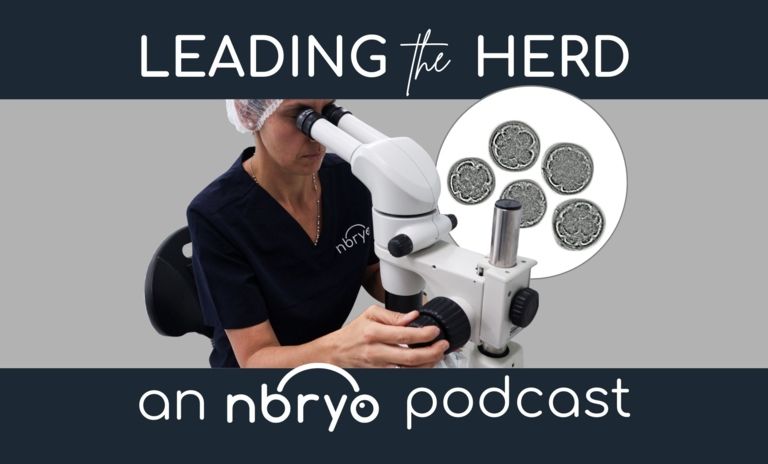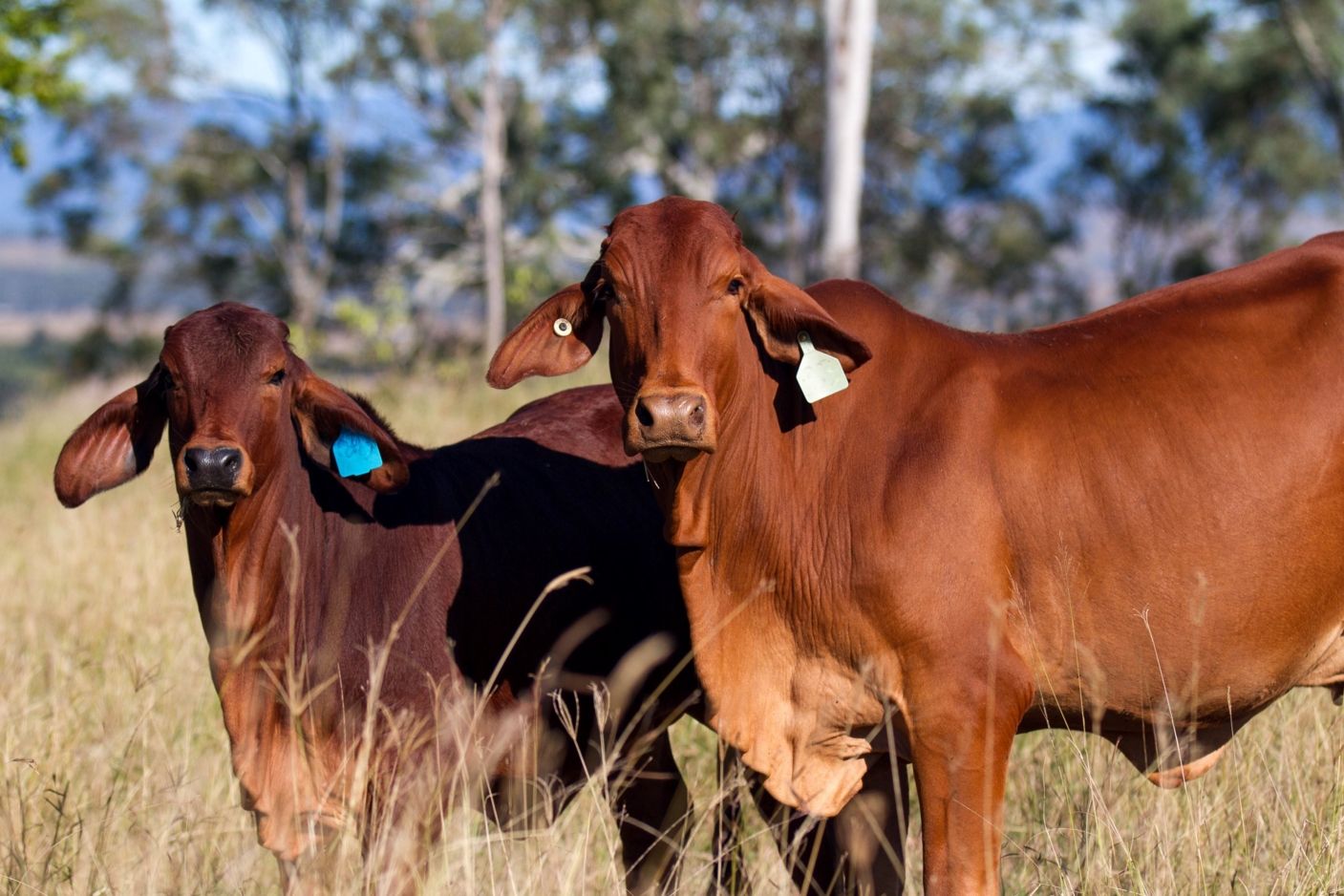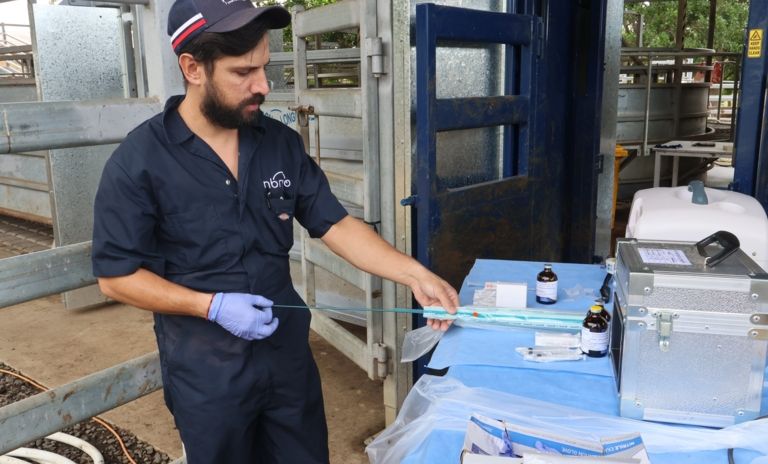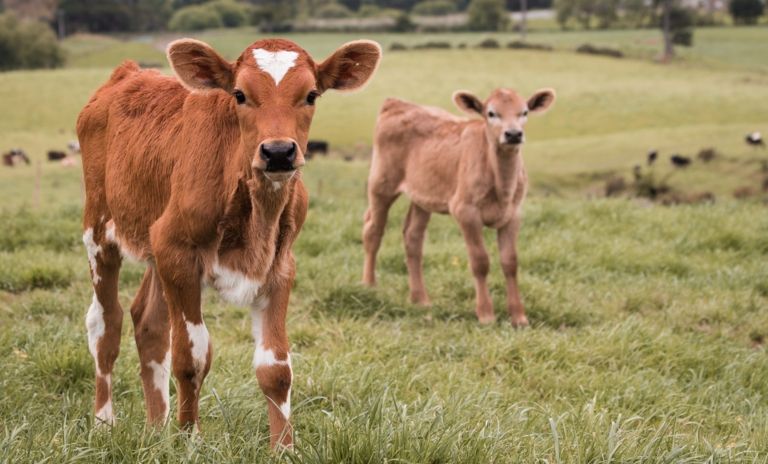Before you Start
Establishing clear breeding objectives is crucial for accelerating genetic gains and optimising herd performance. Begin by defining specific goals, such as increasing marbling, improving weaning weights or enhancing overall fertility. Assess the current genetic makeup of your herd and identify desirable traits that align with your long-term objectives. Consider factors such as genetic diversity, economic returns, and the integration of advanced technologies in reproductive management.
Collaborate with your veterinarian, reproductive technician and/or a geneticist to determine the optimal form of assisted breeding to achieve your objectives.
Why choose IVF over MOET?
Cattle breeders generally choose IVF over MOET for the following reasons:
- Accelerated genetic improvement (oocytes can be collected approx every 2 weeks)
- IVF can be performed without hormone injections (FSH is optional[i])
- Oocytes can be collected from heifers (young females should contain your best genetics)
- Oocytes can be collected from females up to 90 days pregnant
- Oocytes can be collected from females post calving (approx. 40 days)
- Females do not have to be taken out of their current breeding cycle; and
- 1 straw of semen can be used over 10 donors (1-2 straws/donor with MOET).
It is however important to note that the cost per pregnancy from an embryo produced in the lab will generally be higher than an embryo produced in vivo (in the cow) using MOET. The Nbryo Platform of technologies is aimed at bringing the cost of IVF down to be in line with artificial insemination.
[i] There are a number of papers demonstrating the benefits of stimulated FSH in bovine IVF which have been summarised by Repro360 in Navigating MOET & IVF . The decision of whether to stimulate donors should be made by the producer.
What results can I expect?
As with MOET, it is important to understand that many variables can impact the success of an IVF program and pregnancy rates can vary from 20 to 80%+. As a rule of thumb, average pregnancy rates tend to sit around 45-50%. Anything below 35% would be considered unsatisfactory whereas results above 55% are considered good. While it is not uncommon for results of 60-70%+ to be achieved, it is recommended that you don’t commence a program expecting this outcome. Foetal loss is slightly higher in IVF than MOET, so a true measure of success is the percentage of healthy, live calves on the ground.
Fresh vs Frozen Programs
While it may be tempting to begin with a fresh IVF program to achieve slightly better results, we recommend starting with a frozen program if it is your first time. This will enable flexibility to do a second OPU if more embryos are required. Alternatively, if surplus embryos are produced, then you will only need to thaw what is needed for the available recipients on the day.
If you happen to have surplus recipients, and some stored MOET embryos from a previous program, then you can elect to transfer these on the same day. Once you become familiar with the process and estimated embryo production, fresh programs can be more readily coordinated. It may also provide an opportunity for our technician to assess the suitability of your recipients at the time of OPU.
Understanding the Process
An IVF program involves a series of meticulously coordinated steps aimed at achieving successful fertilisation and embryo production as well as a good pregnancy rate. The Nbryo Team recommends the following process be used as a guide to optimising your results.
Prior to OPU:
- Plan your program with the Nbryo Team ensuring your objectives and expectations are realistic
- Ensure you have adequate facilities and infrastructure in place (see also our facilities and equipment resource)
- Determine when you would like to do the OPU and embryo transfer
- If doing a fresh program, transfer will be 8 days after OPU
- If doing a frozen IVF program, the transfer date can be any time after OPU + 8 days
- Choose the semen to be used and send sample straws to Nbryo for testing at least a week ahead of the program (if viable)
- Identify your donors (approx 20-25/day is recommended)
- Select your recipients (ideally 80-100/transfer day)
- Ensure donors and recipients are managed well prior to the program (refer to our donor management and recipient management resources for more information)
- Ensure staff are well versed on what is required.
OPU Day:
- Cattle should be yarded at least 40 mins prior to the first OPU handled with minimal stress at all times (see our what to expect at OPU resource)
- Our technician and lab assistant will bring most of the necessary equipment (see also our facilities and equipment resource)
- OPU can be performed on approx. 20-25 animals/day
- Our lab assistant will assess and prepare the ova for transportation
- The Nbryo team will discuss the logistics with you to ensure the ova arrive at our Brisbane lab within 24 hours of the first OPU (usually our technician will drive or fly back with the ova).
In the lab:
- Ova are fertilised and grown for a week in our proprietary media before being transported back to the farm
- Next year, the Nbryo Platform is expected to deliver genomic screening and drafting in the lab as well as scaling the desired embryos.
Embryo Transfer:
- Embryos are usually transported back to the farm by our technician 8 days after OPU (if transferring fresh) or transported at a later time if frozen
- Synchronise recipients (see also our resource)
- Our technician will transfer the embryos into synchronised recipient cows (or an alternate proven technician can be used[ii])
- It is recommended that an additional 20% of recips are synchronised given it is likely that some will be deemed unsuitable
- The management of recipient females (see also our recipient management resource) is a key component of the success of the program.
[ii] In-house work on thousands of transfers at our sister company Nindooinbah found up to 74% of the variation in pregnancy rates was attributed to the technician used
Post IVF:
- The Nbryo team are interested in building long-term relationships with clients and offer not only a post-program review but support and year-round engagement
- As our technology platform grows and firm benchmarks are established in your herd, we will continue to strive to optimise your results and accelerate your genetic improvement sustainably.




